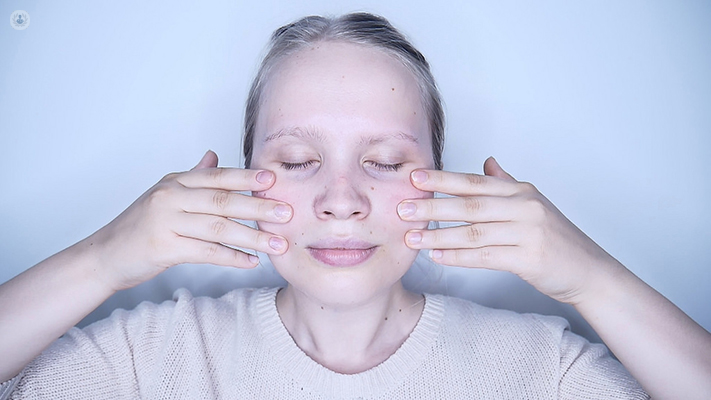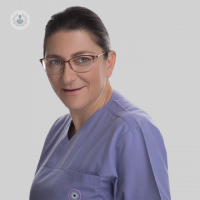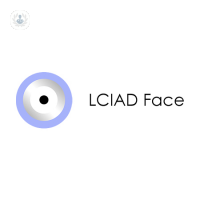Peeling
Dr Gina Schoeman - Aesthetic medicine
Created on: 11-13-2012
Updated on: 03-29-2023
Edited by: Jay Staniland
What is skin peeling?
Peeling is a type of cosmetic treatment aimed at rejuvenating and improving the skin’s appearance. Skin peeling employs the use of certain enzymes and acids in order to exfoliate the skin, revealing the fresher, clearer, and more youthful skin beneath the surface. By removing dead skin cells and minimising the appearance of open pores, skin peeling greatly improves the look of one’s skin.

Why should I have a skin peeling?
People may choose to undergo a skin peeling treatment for a number of reasons, all generally revolving around personal appearance. Skin peeling or chemical peels are primarily used for treating wrinkles and lines, treating certain types of acne, improving the appearance of scars, and improving the general appearance and feel of skin. Peeling can also be used to diminish freckles, age spots, sun damage, and melasma (dark patches) caused by pregnancy or taking birth control pills.
What does skin peeling involve?
During a skin peel treatment, a specialist employs the use of specific enzymes and acids (such as glycolic acid, trichloroacetic acid, and lactic acid) in order to exfoliate, or peel away, layers of skin uncovering the healthier, more youthful and fresher skin beneath. As it is an outpatient procedure, there is no need to stay the night in hospital. Patients may feel a burning sensation for around 10 minutes during a peeling session.
How can you prepare for skin peeling?
In order to prepare for a skin peel, it may be necessary for the patient to cease taking certain drugs. The doctor may ask the patient to prepare the skin using certain medications such as Renova or glycolic acid. The specialist will ask the patient whether they have a history of recurrent cold sores or scarring, or if they have had facial X-rays. Depending on the condition of the patient’s skin, and their aims for the treatment, the specialist will consider what is the most suitable depth for the peel.
Aftercare:
After treatment it may be necessary for the patient to be driven home by somebody. As the new skin is delicate, it is important to avoid the sun for several months after a peeling treatment. Depending on the type of peeling treatment used, one can expect redness (similar to sunburn), swelling, or blisters for a while after as the skin goes through the healing process.
A skin peeling is often performed by an aesthetic medicine specialist.



